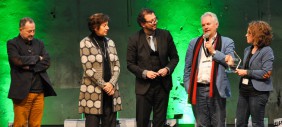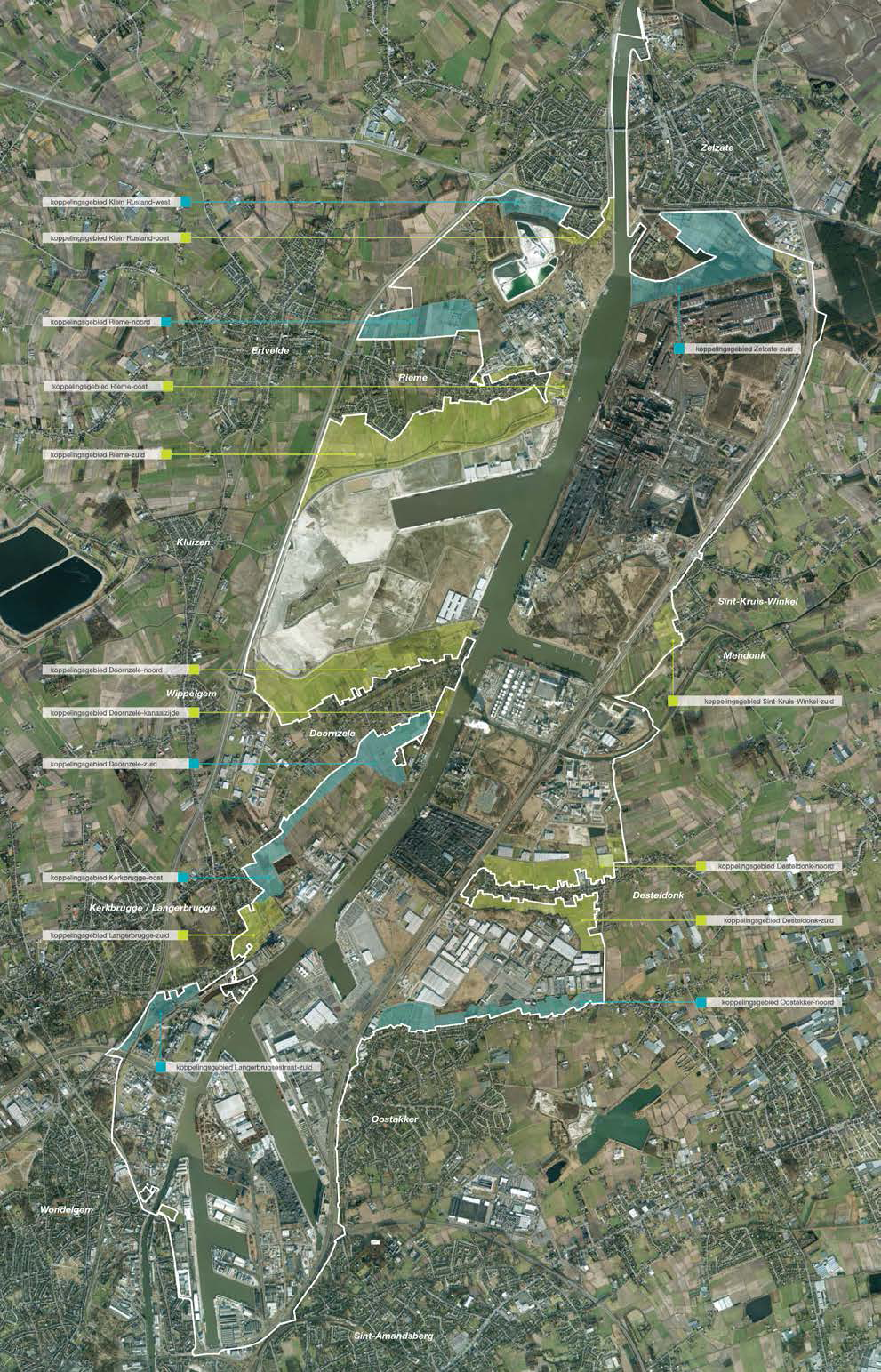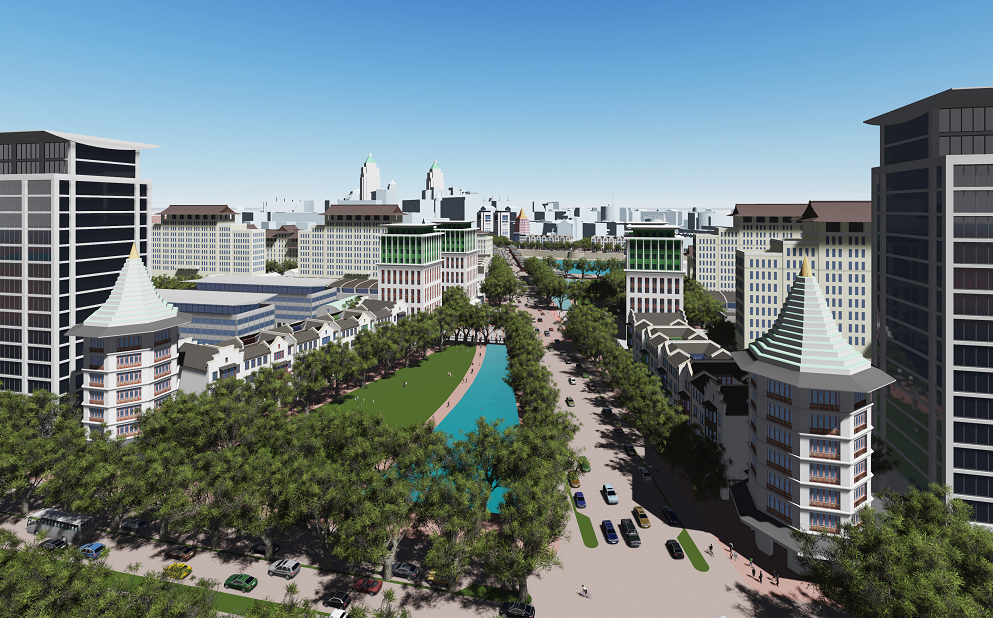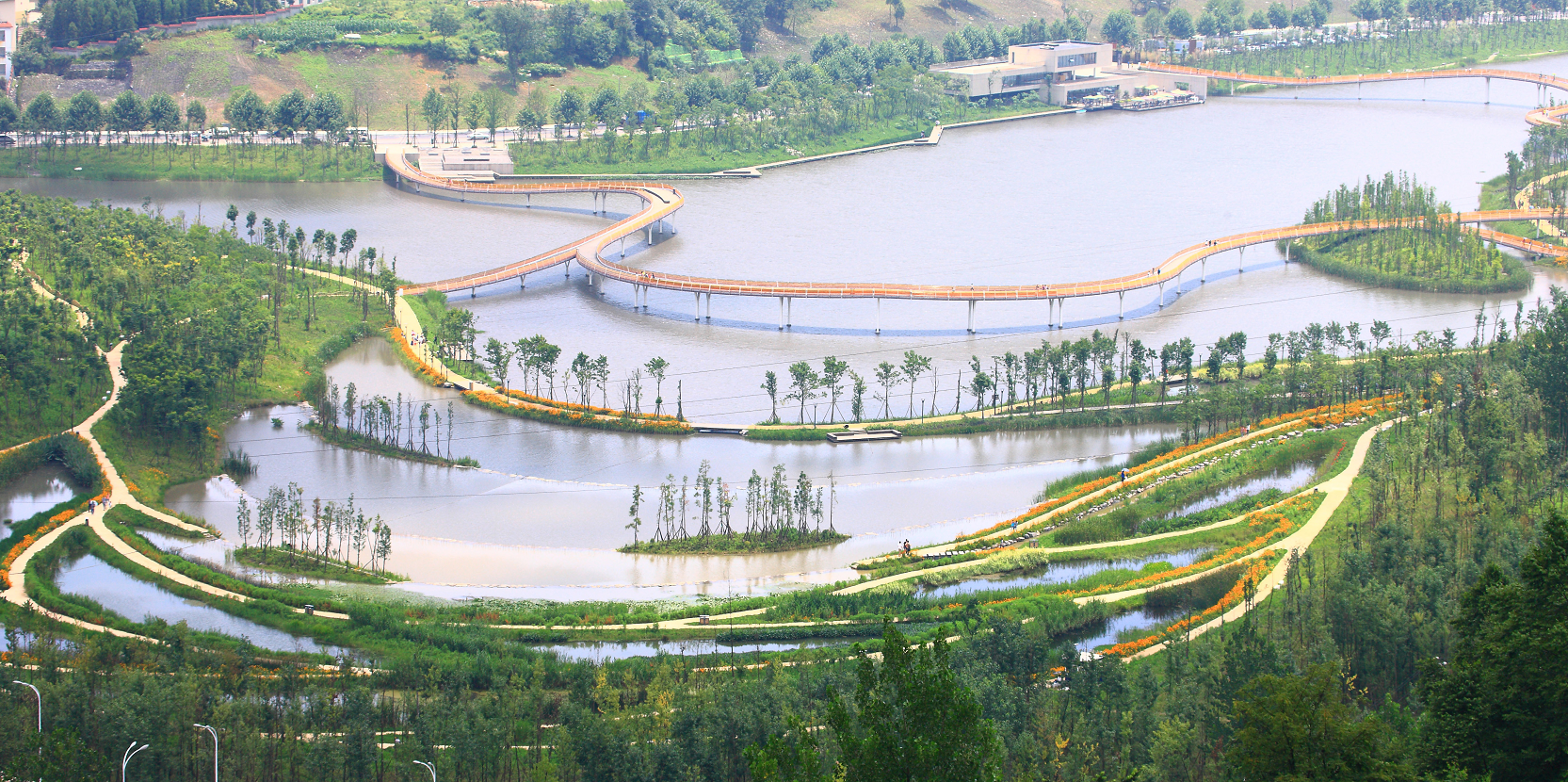The 2015 edition of the ISOCARP Awards for Excellence has been a unique one in terms of number of applications received, quality of projects and participation and interest expressed by ISOCARP community. The ISOCARP awards are, nowadays, “the place” and the context where to show the best urban/regional plans, policies and other related operational tools implemented all around the world.
The ISOCARP International Jury went through the excellent proposals delivered and eventually selected a list of projects that have been awarded on this year’s ISOCARP Congress in Rotterdam.
The jury looked for following criteria:
1) Quality in content (relevance of project’s objectives)
2) Involvement of communities in the planning process
3) Grade of innovation
4) Sustainability and replicability of the project
5) Smartness and resilience
6) Role and relevance of Public Space
7) General quality of the proposal
First Place
The Ghent Canal Zone Project – a spatial, environmental and economic development process in an industrialized urban area.
Project submitted by: Omgeving.
The Ghent Canal Zone Project is acknowledged as an example for integrative regional development
´In practice the Ghent Canal Zone Project unfolds as a (wide) program of app. 80 projects and the double of subprojects with different goals, stakeholders and timing. As the 2013 evaluation has shown, about half of these actions are actually almost or already carried out. Monitoring and evaluation has been found to be a very important tool in this kind of long term projects / processes.´

Ms. Veerle De Bock and Mr. Frank De Mulder receive the award for the Ghent Project (photo: Anna Khodyreva)
Second Place
Planning for Green Eco-Districts in the City of Beijing: Carbon Accounting Standards and Tool for Statutory Zoning Plans.
Project submitted by: Centre of Urban Planning and Design – Peking University.
The Green eco-District Plans will, for the first time in the statutory planning system of China, adopt mandatory targets in the form of low carbon and ecological planning key performance indicators (KPIs).
´1. In support of the planning and development of 14 Green eco-Districts in the City of Beijing, establish a carbon accounting standards for Statutory District Zoning Plans for the 14 Green Eco-Districts.
2. Set out the carbon emission accounting protocol, describe the methodology, the toolbox, database, calculations and evaluation performance indicators in the Green Eco-District Plans Carbon Accounting Guidebook for use by local planning authorities, planning profession and the community at large.
3. Apply the carbon accounting tool to Green Eco-District Plans to promote low carbon and resilient urban development approaches.´
Third Place
Luhe City Center.
Project submitted by: TAU (Thadani Architects + Urbanists).
The project makes a sound analysis of the Luhe city center and propose a set of solutions for its requalification.
´The location of the new Luhe City Center is equidistant (2.75 km) from the Province’s new Municipal Center and the historic town of Luhe, where several sites are being restored as tourist destinations. Planned Metrorail lines have been diverted to align and connect these three centers. The master plan is guided by three principles:
1. Create a COMPACT development that minimizes the impact of development on the ecology and environment. Use natural landscape areas to purify and retain stormwater run off.
2. Create a COMPLETE development that is autonomous, minimizes the use of automobiles, and provides all daily needs within a 5-minute walk radius of workplaces and residences.
3. Create a CONNECTED development that links to surrounding neighborhoods, Nanjing city, the Province, and the nation. Individual resident, worker, or visitor have transit options to all destinations.´
Special Mention
Liupanshui Minghu Wetland Park Project.
Project submitted by: Turenscape & College of Architecture and Landscape – Peking University.
As an element of a major campaign of environmental improvement the city government commissioned the landscape architects to develop a holistic strategy to address multiple serious problems (e.g. water pollution, flood plain management, creation of public space).
´Through a series of regenerative design techniques, particularly measures to slow down the flow of storm-water, a channelized concrete river and a deteriorated peri-urban site have been transformed into a nationally celebrated wetland park that functions as a major part of the city-wide ecological infrastructure planned to provide multiple ecosystem services, including storm-water management, water cleansing, and recovery of native habitats, as well as a creation of a cherished public space for gathering and aesthetic enjoyment.´





